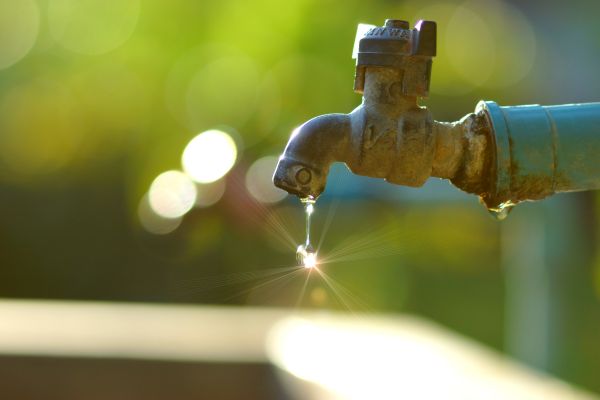

Motivation / Relevance
Public water supply systems are intended to provide drinking water to the population in sufficient quantity to satisfy its needs, and with sufficient quality to safeguard public health.Although drinking water is a scarce resource, and its transport, treatment and distribution is expensive and consumes several resources such as energy and chemicals, public water supply systems can have very high water losses due to leakage and ruptures, and other inefficiencies. For example, in Nagpur (India), 2005, 45% of the potable water produced was lost due to leakage and eventually, unaccounted for consumption [1]. In the same city, water treatment and supply accounted for 57% of the municipal electricity consumption in 2005-2006 [1]. In the USA the energy required for the treatment and delivery of drinking water accounts for as much as 80% of its total cost [2].
Local Governments have the opportunity to make water supply systems more resource-efficient, both on the supply and the demand side. This package addresses both approaches for maximum efficiency in resource use.
Main impacts
- Contribute to increase access to safe drinking water
- Decrease the risk of shortage / failure of the municipal water supply system
- Delay the need for large capital investments for expansion of water capture, bulk water transfer, treatment, and distribution
- Decrease the pressure on natural fresh water resources and ecosystems
Benefits and Co-Benefits
- Decrease water-losses in the municipal water supply systems
- Decrease the energy needed to produce and deliver drinking water
- Decrease the greenhouse gas emissions due to energy consumption in the production and delivery of drinking water
- Decrease the Local Government`s energy bill
- Potentially to lower water costs to the end consumer, and derived socio-economic benefits


